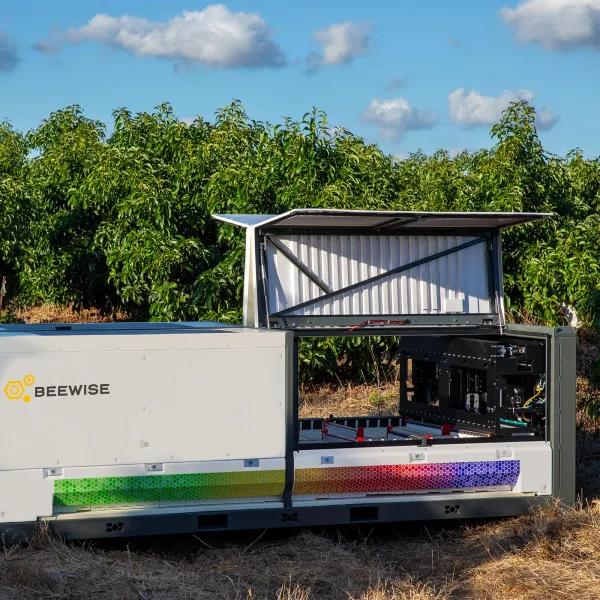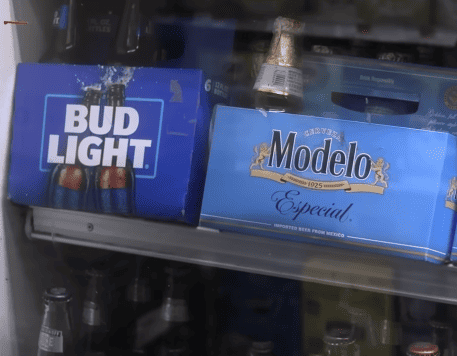Some examples of TikTok and marketing
As the United States Congress considers legislation that may ban or force a sale of TikTok, it might be worth reflecting on the popular social…
As the United States Congress considers legislation that may ban or force a sale of TikTok, it might be worth reflecting on the popular social…

In our “Personalized Marketing…” post from a few days ago I referenced the 2024 Global Trends Index from Marigold. This paper reports findings from a…

Besides Promotion and of course social media, I might argue that retail has seen the most dramatic changes. And that change continues to come. First…

In my class and my textbook, I largely refrain from using examples from the marketing of alcoholic beverages. I do not want to appear to…

The U.S. Food and Drug Administration (FDA) has authorized Florida to import medications from Canada, marking a significant policy shift in the United States. This…

Marketing intelligence and research agencies often conduct research and prepare reports on industries or customer segments. Sometimes they post a teaser with little useful information,…

Are you searching for some fun new examples to use in class? Innovation and new products are an important outcome of good marketing. The Time…

In our textbook, we stay away from references and images of alcohol. We know that some instructors prefer not to expose their students to any…

ChatGPT and other large language models are powerful tools that could be used to accelerate, supplement, or destroy education — perhaps depending on who you…